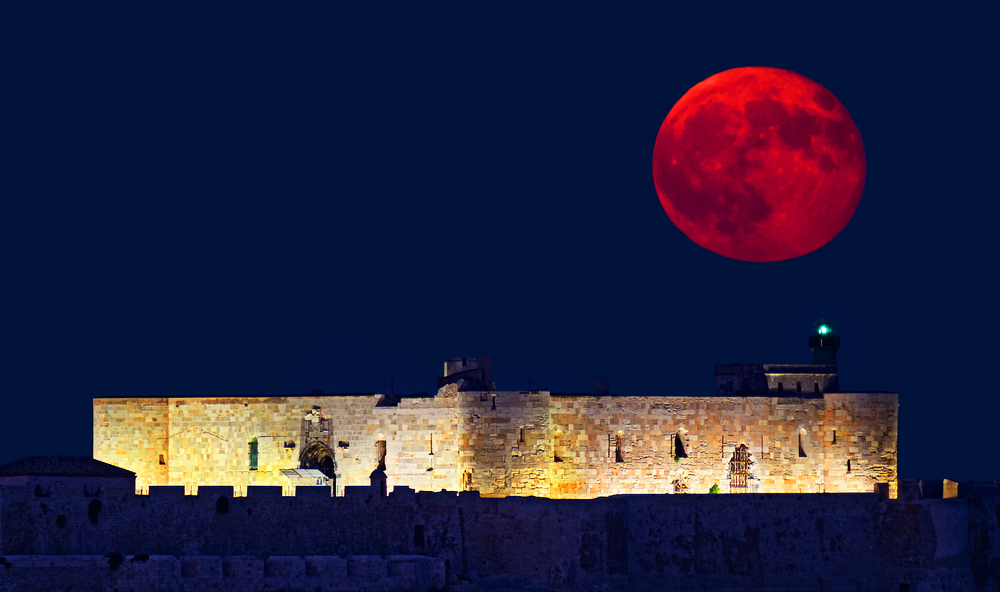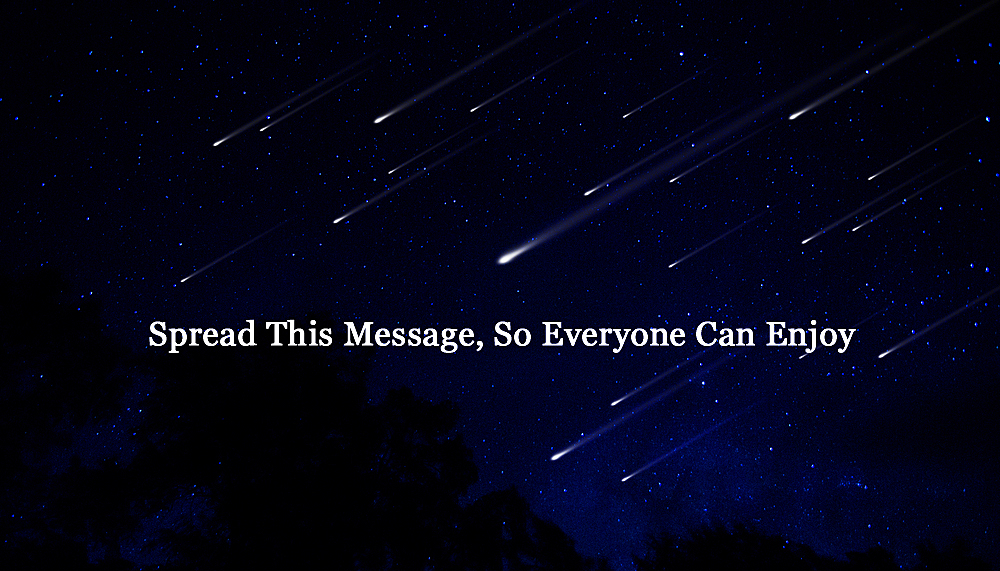The Largest Super Moon In 70 Years Is About To Rise and Break All The Records.
Moon and star gazers everywhere are in for a special treat this month, as a very rare and beautiful supermoon will rise in the sky on the evening of Monday November 14th. This will be a lunar event that’s almost 70 years in the making and not since January 25, 1948 has a full moon been this close to Earth!
To be considered a supermoon the location, timing, and phase of the moon must all come together at certain points. First, the moon must be in either a visible and illuminated full moon phase, or a dark and entirely invisible new moon phase. Next, the moon’s orbit has to bring it around to the one point where it comes the closest to the Earth. Finally, these two factors must occur at the same time and coincide with one another in order for the moon to be called a supermoon.
This upcoming November supermoon happens to be a full one that is occurring when it reaches its closest approach to Earth all month. While all full supermoons appear super-sized and much larger and brighter than usual size, this one is extra special because the moon will be the closest to Earth that it has been in the last sixty-eight years!
According to NASA, when the moon is so close to us “Its looming proximity makes the moon appear 14 percent larger and 30 percent brighter in the sky than an apogee full moon” (apogee is when the moon is furthest from Earth in its orbit). Therefore, because the moon will be at the nearest position to our planet that it has been at in decades, while full, it will look like the biggest moon you’ve ever seen! This is definitely something you don’t want to miss out on so mark your calendars now and start counting down the days until November 14th!
In addition to the scientific explanation of a supermoon, there are other meanings and implications surrounding the occurrence of this special lunar event. Astrologically speaking, the November 14th supermoon will occur when the moon is in Scorpio. This brings about a very powerful, enduring, and resilient type of energy. It’s survival focused and intense, yet determined and calm all at once. As such, all of the ambitious and triumphant vibrations associated with Scorpio will be brought to the forefront, which creates a lively burst of energy. If you embrace the supermoon and welcome it in an optimistic light, then positive effects will come out of it.
Check out the video below for a taste of what is to come:
Please SHARE This With Family and Friends So Everyone Can Enjoy 🙂
How To Watch This The Stunning Orionid Meteor Showers When They Peak On October 20-21, 2016
Look up at the sky this coming Thursday and Friday because the Orionid meteor shower will be in full effect with shooting stars streaking across the heavens! The annual shower has been known to put on a spectacular light show in years past and it officially peaks on October 20-21st.
Ever since October 2nd our planet has been moving through the debris trail left by Halley’s Comet and on November 7th it finally exits it. All the shooting stars you see and make wishes on are actually teeny bits of rock and tiny pieces of ice which fell off the comet and burn up as they enter the Earth’s atmosphere. This year astronomers are predicting that anywhere from 15-20 meteors per hour will zip through the sky but there could very well be an unexpected burst of activity! We won’t know for sure until the time comes.
Speaking of time, the best times to view the Orionids are from midnight onward through the early morning darkness. Prime viewing hours are expected to fall between one and three a.m. which is well before the sun rises at dawn.
This meteor shower also happens to be visible from anywhere on Earth so it doesn’t matter where you live, you can simply tilt your head back to see them flash across the sky. While it’s best to look in the direction where the meteors come from, which is in the constellation Orion, many of us don’t know where or how to find it. Professional or advanced star gazers are advised to locate the super shiny bright star Betelgeuse, which is located in the constellation of Orion. For those less acquainted with the night sky, you can use your cell phone as a navigation tool by downloading an app that tells you exactly where it is in the universe. All you need to do is point your phone at the sky and it charts, identifies, and maps exactly what you’re looking at. There are a number of these astronomy apps available, including SkySafari and Star Walk, both are excellent and easy to use.
For optimal results, once you locate Orion look slightly away from it because the meteors closest to it will have short tails and thus appear fainter than the rest. You’ll also want to find a quiet, open spot away from any light pollution. The number one rule of star gazing is the darker the skies, the better the viewing!
Since the moon will be in a waning gibbous phase that evening, the light from it will definitely cause some interference with the shower. Be sure to check your local forecast as well but as long as the sky is clear you should be able to see some shooting stars. Check out the accompanying video for more information on the Orionids and mark your calendar so you don’t forget!
This meteor shower presents an awesome opportunity for you to gather up your loved ones, and don’t forget any pets, to get outside and do some sky gazing. Drink some apple cider, wine, or cocoa and make it a nice relaxing evening under the stars!
Spread This Message So Everyone Can Enjoy 🙂






